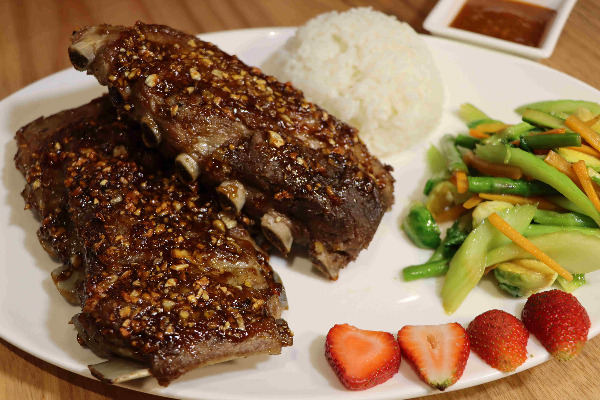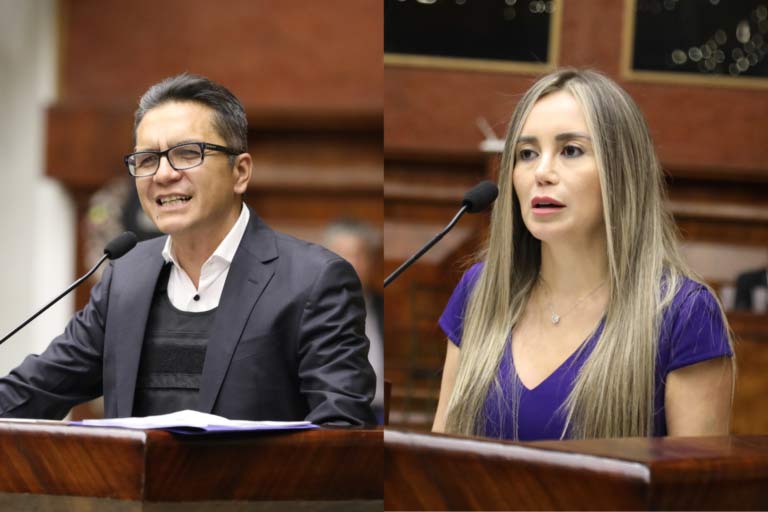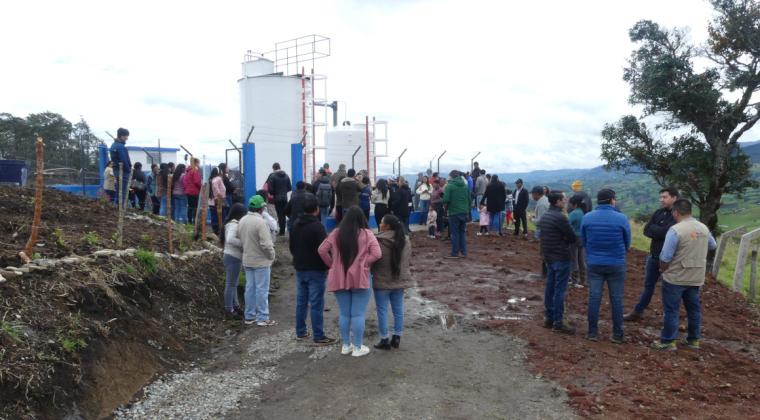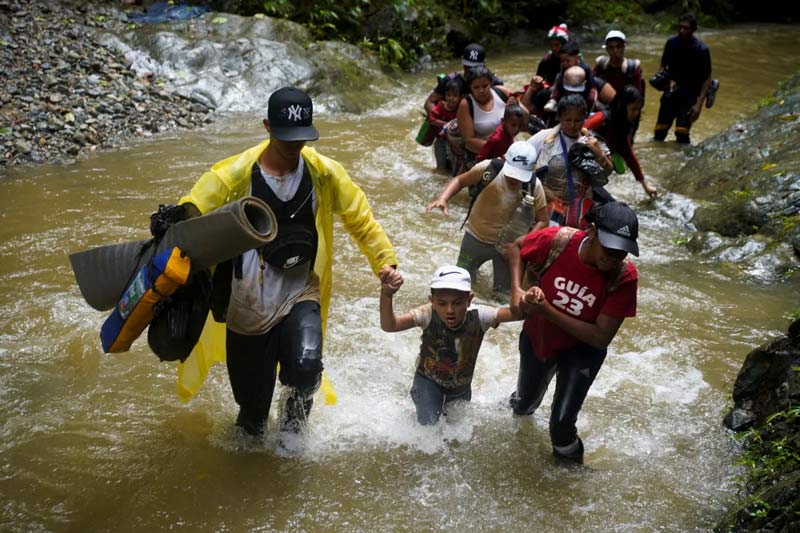Línea de baile

The original intent of a photograph is determined solely by its maker. However, interpretations abound by others who have various degrees of familiarity with art. The result? The work is often described incompletely and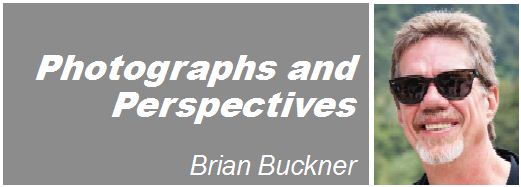 as being or containing something other than the artists intended message.
as being or containing something other than the artists intended message.
Do all photographs emerge first from the photographers mind and then as a digital file on a memory card from subsequent mechanical actions of the camera? Do photographers really practice “pre-visualization?” What is that? Why would they do it? Or, do some folks just hold the camera a little steadier and include a few more story ingredients in their frame?
Perspective is something most folks have plenty of. Some never tire of providing you with large, unsolicited doses of theirs. I provide my perspective also but I’m more apt to use a photograph I’ve made. Sometimes it’s supported by a framework of descriptors that help people round out the reason for the photograph.
But, most people I know like to discover a solution on their own. It makes them feel involved and most folks like a good riddle to ponder. Handing someone the meaning of anything on a silver platter is pretty boring and actually insults their mental capacities. They want to “figure it out themselves.” I love to give them a chance to do just that!
When I created the photograph, “Línea de Baile,” I had but one thought on my mind, perspective. I use particular lenses to give a fully dimensional look and others for more of a flattening effect. I position my camera and lens combination to best tell my story and then select the “decisive moment” at which time I trip the shutter creating my initial image. Sometimes I refer to these as the , “Money Shots.” That’s because they’re successful in telling my story, they’re “on the money” so to speak.
With little thought, I’m bold enough to suggest that photographers not using pre-visualization as a framing habit end up with far fewer “keepers” than most who do. Half of pre-visualization is being able to know what your equipment is capable of and how it must be set and then held in order to achieve the desired effect; how you show your viewers the scene. The other half is to understand the purpose for post-processing and know how it will play into your final image after some time at your computer workstation. It’s all about telling the most effective and the most accurate story.
Well, enough of all that. Anymore explaining and you might think I was insulting your intelligence or pandering to you. And, anyone reading my words and considering my photograph is generally a pretty smart person who wants to discover things on their own with minimal leading.
My photograph has a few different stories, but I chose perspective as the primary mechanism to convey them. Another lens, a different location for the shot either higher or lower, a different positioning of my body…all would have provided different perspectives and different results which is to say, different stories. Here, my writing ends and the photograph must rise to fill any gaps. I know you will enjoy the wonderful stories you’ll create!










